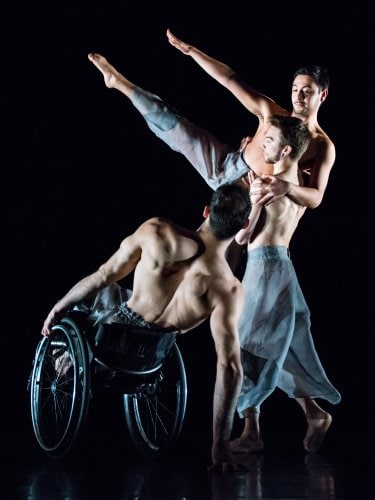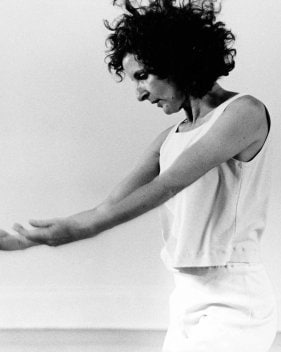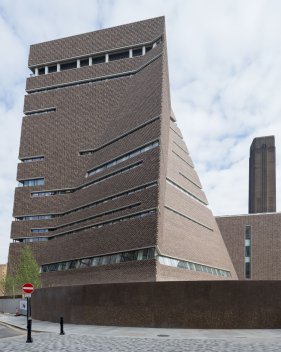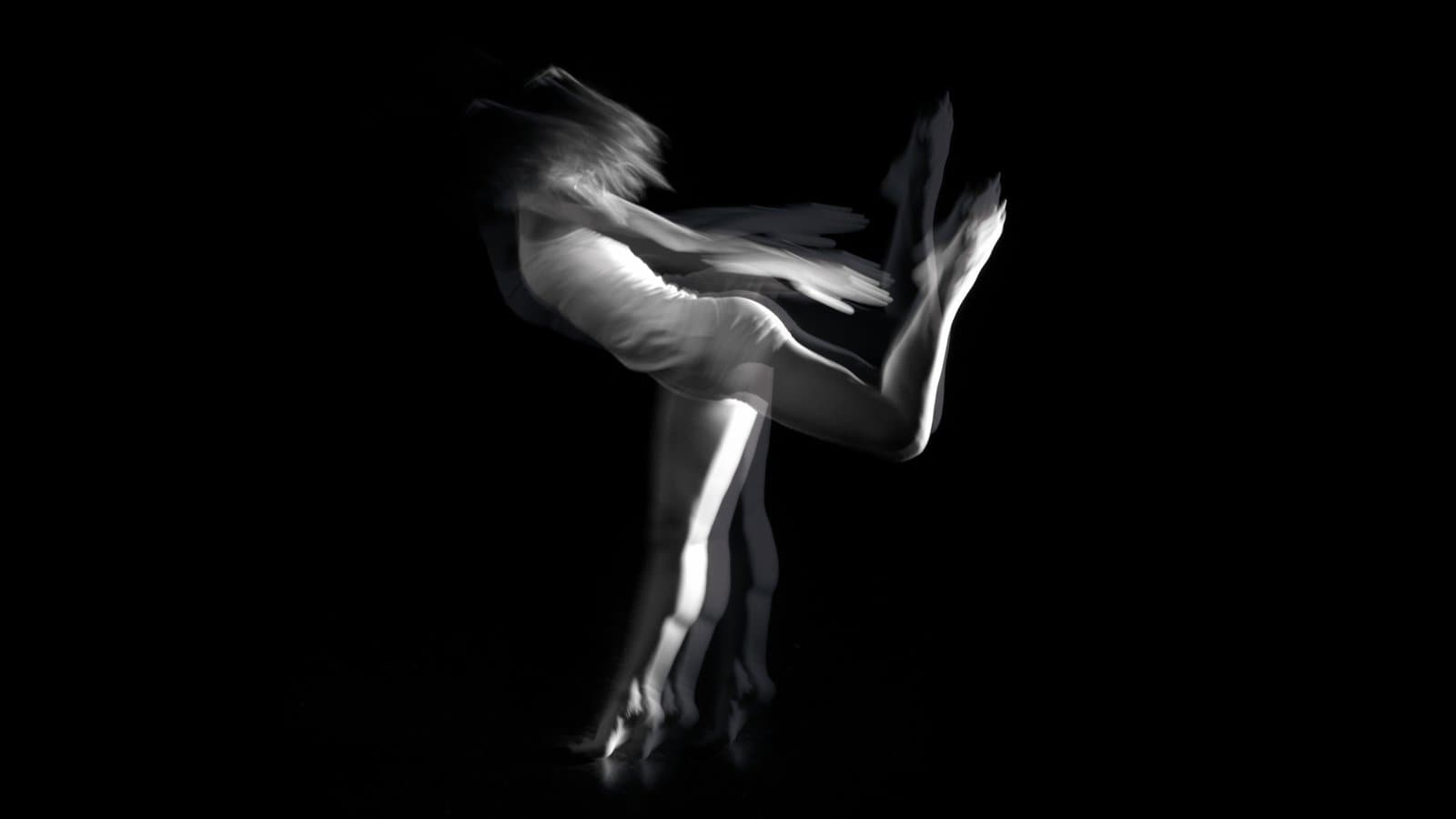Set and Reset/Reset
Candoco Dance Company

In 2022, Dance Reflections by Van Cleef & Arpels is presenting Set and Reset/Reset, in collaboration with Tate Modern, as part of the first Dance Reflections by Van Cleef & Arpels Festival in London.
Candoco Dance Company presents Set and Reset / Reset, a reconstruction of Trisha Brown’s Set and Reset. The dancers move with dream-like fluidity within a kaleidoscopic form to Laurie Anderson’s driving score in their unique version of Trisha Brown’s choreography.
First created in 2011 with Abigail Yager, a former member of the Trisha Brown Dance Company, it uses Brown’s set of instructions to examine what Yager describes as: ‘the shifting nature of choreography in relation to underlying structures that anchor a dance to itself. The process of re-construction (as opposed to replication) is a negotiation between freedom and limit – an exploration of possibility as the dancers create a new version of Trisha Brown’s landmark choreography.’
Through this process, Set and Reset / Reset represents a significant example of an artist creating a living legacy for their work that allows for new creative input, an iteration of Brown’s choreographic brilliance, in conversation with the impulses and instincts of the dancers performing this work.
Candoco Dance Company, Set and Reset/Reset. Photography by Chantal Guevara, 2016. Courtesy Candoco Dance Company
Dancers: Joel Brown (front), Adam Gain (middle), Jason Mabana (back)
Image description: Black background. All dancers in sheer blue flowing culottes and bare torsos. Adam has his body turned to the left and carries Jason on his shoulder. Jason points leg high to the left, with arm making a parallel line with the leg. Joel, a wheelchair user, is in front and slightly to the left of the other dancers. He is facing the back with his inside arm reaching down to the ground as he leans backwards and lifts a little out of the wheelchair.



